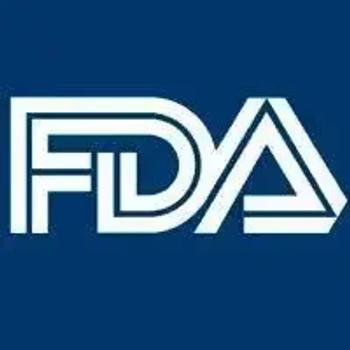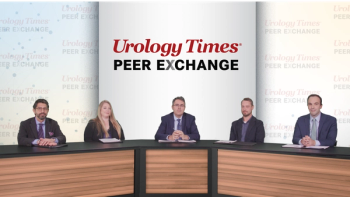
Special Report: Biden’s prostate cancer diagnosis renews focus on screening guidelines
In this video, part 1 of a 4-part series, panelists discuss the nuances and challenges of prostate cancer screening.
Former President Joe Biden’s recently reported diagnosis of grade group 5 de novo metastatic hormone-sensitive prostate cancer1 has sparked many discussions regarding screening, diagnosis, and treatment of the disease. Prostate cancer is second only to lung cancer for the leading cause of cancer death in US men. Although the American Cancer Society reports that the death rate for prostate cancer declined by approximately 50% from 1993 to 2022, that decline has slowed of late, “likely reflecting the rise in cancers being found at an advanced stage.”2 In a recent Special Report series from Urology Times®,Michael S. Cookson, MD, MMHC, FACS, and Kelly L. Stratton, MD, FACS, address several of the key points raised by Biden’s diagnosis.
In this first installment, Cookson and Stratton explore the nuances and challenges of prostate cancer screening in light of Biden’s recent diagnosis. Importantly, Cookson clarifies that Biden’s diagnosis arose from the presence of symptoms, not routine screening. This distinction is critical, as prostate cancer screening refers specifically to testing asymptomatic men who are at risk. Current screening recommendations are largely based on evidence from studies conducted in the late 1980s, particularly involving men aged 55 to 69. These studies now face criticism due to outdated life expectancy models and the evolving landscape of prostate cancer treatment.
Cookson emphasizes the legacy issues that continue to affect screening protocols, including the overdiagnosis and overtreatment of low-grade cancers, such as grade group 1 tumors, which may not require intervention. The prostate-specific antigen test remains central to prostate health assessment, yet its role is complex. Although it can lead to further diagnostic procedures such as imaging or biopsy, it is distinct from a systematic screening strategy and may be used differently when symptoms are present.
Stratton expands the discussion by addressing the initiation of screening across age groups. For the average man without known risk factors, screening is generally considered appropriate between the ages of 45 and 50. However, individuals with higher risk—such as African American men, those with a family history of prostate cancer, or individuals with known genetic mutations linked to increased prostate cancer susceptibility—might benefit from beginning screening as early as age 40.
Both physicians stress the need for a more individualized approach to screening, taking into account patient-specific risk factors and life expectancy. They also highlight the tension between the desire to detect cancer early and the potential harms of overdiagnosis. This conversation underscores the importance of ongoing evaluation and potential revision of prostate cancer screening guidelines to reflect contemporary data and healthcare realities.
Our panelists:
Michael S. Cookson, MD, MMHC, FACS, is a professor and the Donald D. Albers Endowed Chair in Urology at the University of Oklahoma Health Sciences Center in Oklahoma City. He is also a Co–Editor in Chief for Urology Times®.
Kelly L. Stratton, MD, FACS, is an assistant professor of urologic oncology and an adjunct associate professor of medicine at the University of Oklahoma (OU) College of Medicine and the chair of urologic oncology at the OU Stephenson Cancer Center in Oklahoma City. He is also a member of the Urology Times Editorial Council.
Newsletter
Stay current with the latest urology news and practice-changing insights — sign up now for the essential updates every urologist needs.



















